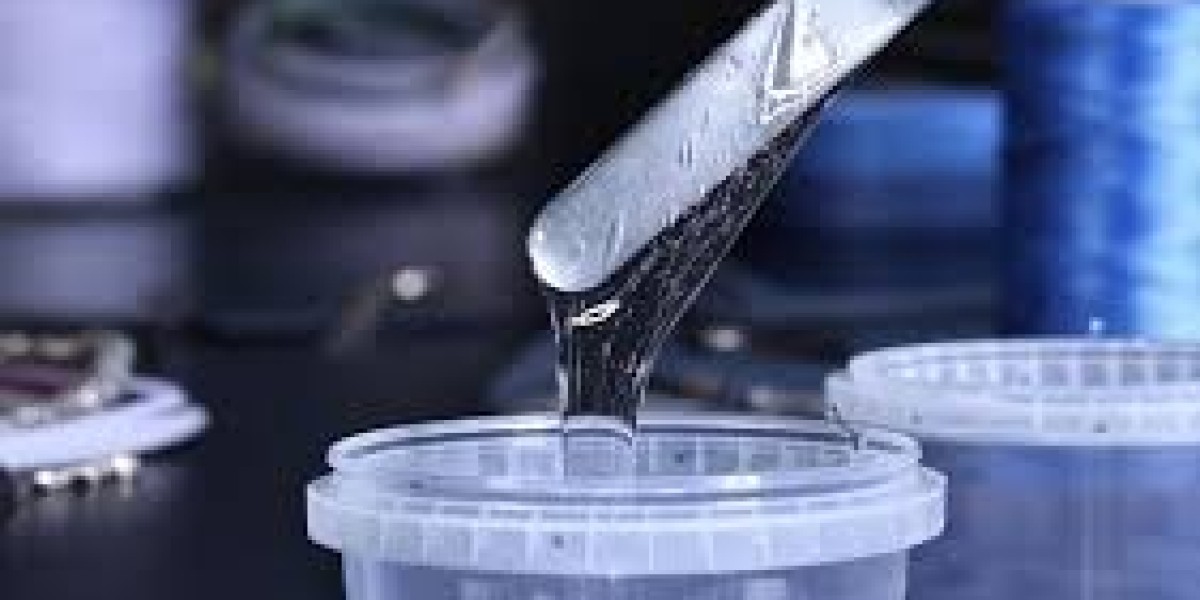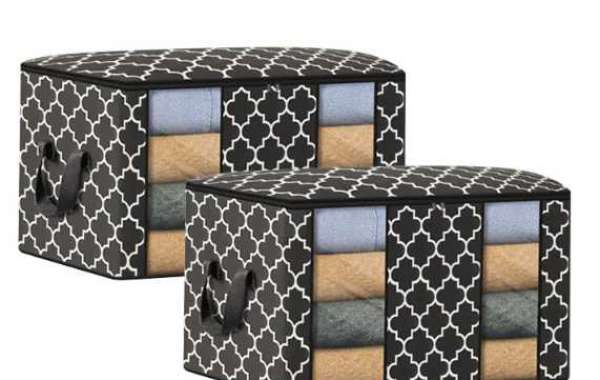Liquid Silicone Rubber (LSR) injection molding is a cutting-edge manufacturing process that has revolutionized the production of silicone parts across various industries. This advanced technique combines the flexibility of silicone materials with the efficiency of injection molding, resulting in high-quality, precise components for a wide range of applications. In this comprehensive guide, we'll explore the intricacies of LSR injection molding, its benefits, applications, and key considerations for manufacturers and product designers.
What is LSR Injection Molding?
LSR injection molding is a process that uses specialized equipment to inject liquid silicone rubber into a mold cavity. The material then cures and solidifies under heat, producing a finished part with excellent properties. This method differs from traditional injection molding of thermoplastics in several ways, primarily due to the unique characteristics of liquid silicone rubber.
The LSR injection molding process
- Material Preparation The process begins with the preparation of the liquid silicone rubber material. LSR typically comes in two separate components that are mixed in a precise ratio just before injection.
- Injection The mixed LSR is injected into the mold cavity using high pressure. The mold is typically preheated to facilitate the curing process.
- Curing Once injected, the LSR undergoes a chemical reaction called vulcanization, which is accelerated by the heat in the mold. This process crosslinks the polymer chains, solidifying the material.
- Part Removal After curing, the mold opens, and the finished part is ejected. Unlike thermoplastic injection molding, LSR parts are typically fully cured and ready for use immediately after molding.
Advantages of LSR Injection Molding
- Material Properties LSR offers excellent resistance to extreme temperatures, chemicals, and UV radiation. It also provides good electrical insulation and maintains its flexibility over a wide temperature range.
- Design Flexibility The low viscosity of LSR allows for the production of complex geometries and thin-walled parts that would be challenging with other materials.
- Precision and Consistency LSR injection molding produces parts with high dimensional accuracy and consistency, making it ideal for high-volume production runs.
- Biocompatibility Many LSR formulations are biocompatible, making them suitable for medical and food-grade applications.
- Efficiency The process is highly automated and can produce parts with minimal flash or waste, reducing post-processing requirements.
Applications of LSR Injection Molding
The versatility of LSR injection molding has led to its adoption in numerous industries:
- Medical and Healthcare LSR is used for producing medical devices, implants, seals, and gaskets due to its biocompatibility and sterilization resistance.
- Automotive The automotive industry utilizes LSR for various components, including seals, gaskets, and electrical connectors, due to its ability to withstand harsh environments.
- Consumer Electronics LSR is ideal for producing durable, heat-resistant components like keypads, seals, and protective cases for electronic devices.
- Baby Care Products The material's softness and safety make it perfect for baby care items such as pacifiers, bottle nipples, and teething toys.
- Industrial Applications LSR components are used in various industrial settings for seals, gaskets, and insulation due to their chemical and temperature resistance.
Key Considerations for LSR Injection Molding
To ensure successful LSR injection molding, several factors must be considered:
- Mold Design LSR molds require specific design considerations, including proper venting, cold runner systems, and vacuum assistance to handle the material's low viscosity.
- Material Selection Choosing the right LSR formulation is crucial, as different grades offer varying properties suited to specific applications.
- Equipment Specialized LSR injection molding machines are required, featuring precise temperature control and metering systems for the two-component material.
- Process Parameters Optimizing injection pressure, temperature, and curing time is essential for producing high-quality parts consistently.
- Tooling Materials Mold tooling for LSR must be able to withstand high temperatures and resist degradation from the silicone material.
Challenges in LSR Injection Molding
While LSR injection molding offers numerous advantages, it also presents some challenges:
- Initial Investment The specialized equipment and tooling required for LSR molding can be more expensive than traditional injection molding setups.
- Material Costs LSR is generally more expensive than many thermoplastic materials, which can impact overall production costs.
- Complexity The two-component nature of LSR and the need for precise mixing and curing add complexity to the process.
- Adhesion LSR can be challenging to bond with other materials, requiring special treatments or additives for certain applications.
Future Trends in LSR Injection Molding
As technology advances, several trends are shaping the future of LSR injection molding:
- Multi-material Molding Developments in equipment and materials are enabling the co-molding of LSR with other materials, expanding design possibilities.
- Automation and Industry 4.0 Increased automation and integration of smart manufacturing principles are improving efficiency and quality control in LSR production.
- Sustainable Formulations Research into bio-based and recyclable LSR formulations is addressing growing environmental concerns.
- Miniaturization Advancements in molding technology are pushing the boundaries of miniaturization, enabling the production of increasingly small and complex LSR parts.
Conclusion
LSR injection molding has established itself as a vital manufacturing process across various industries. Its ability to produce high-quality, durable, and precise silicone parts makes it an attractive option for many applications. As technology continues to evolve, LSR injection molding is poised to play an even more significant role in the future of manufacturing, offering innovative solutions to complex design challenges.
By understanding the process, advantages, and considerations of LSR injection molding, manufacturers and product designers can leverage this technology to create superior products that meet the demanding requirements of modern applications. As we look to the future, the continued development of LSR materials and processing techniques promises to unlock even greater potential for this versatile manufacturing method.









